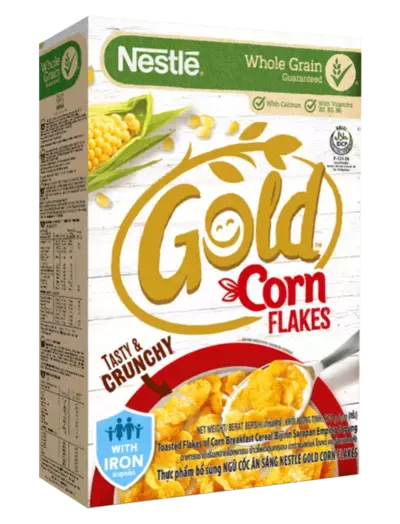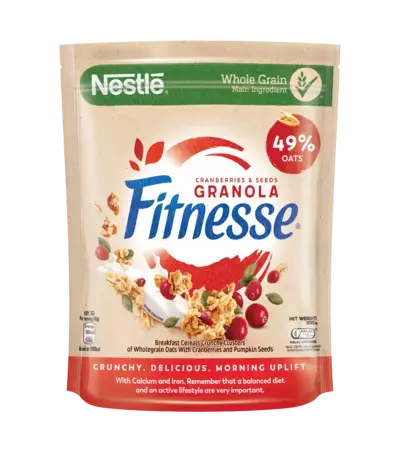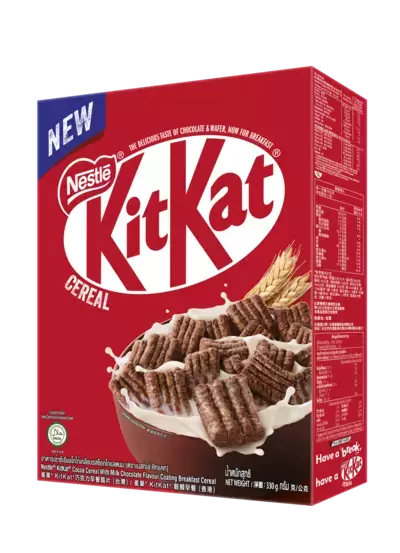At CPW, our purpose is clear. We exist to Make Breakfast Better.
Ever since we were created over 30 years ago, that’s been our promise to our consumers, our retailers, our suppliers, our employees, and the communities where we work and live. Suppliers, our employees, and the communities where we work and live.
We make over 100 different cereals – giving everybody an option for a tasty, convenient, and nutritious breakfast.
Our work is guided by our four core Promises:
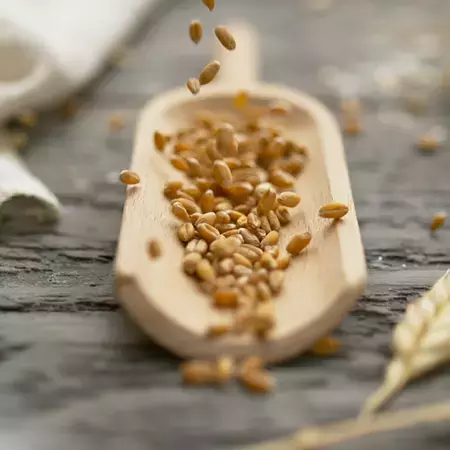

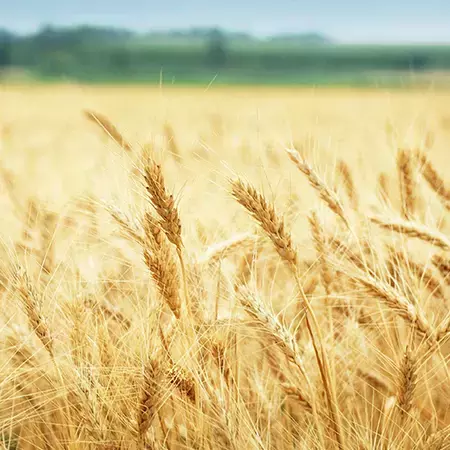

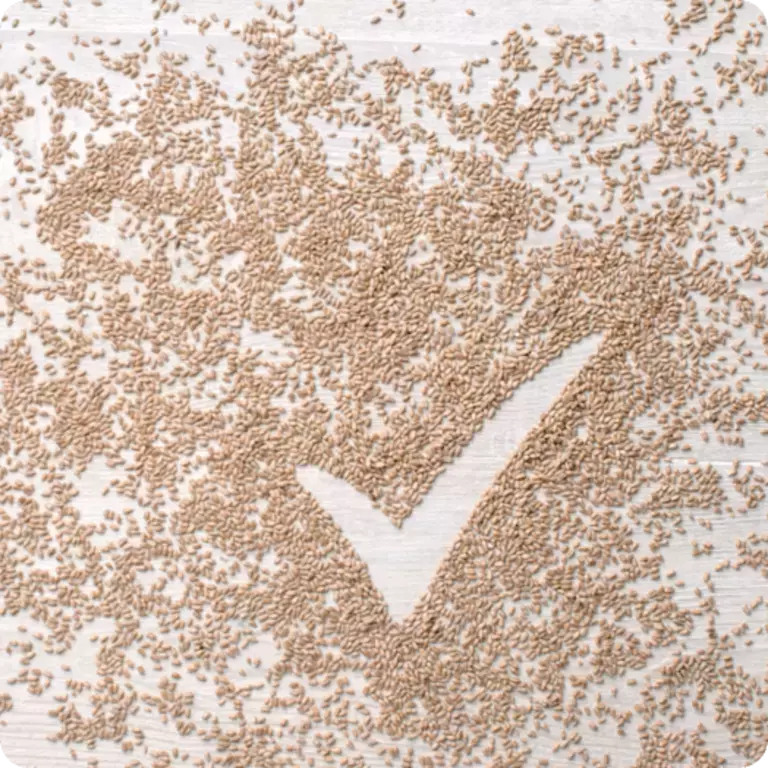
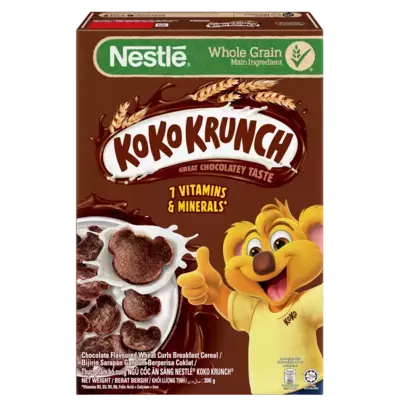
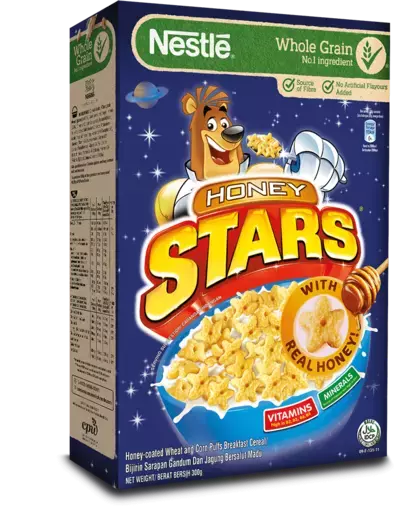
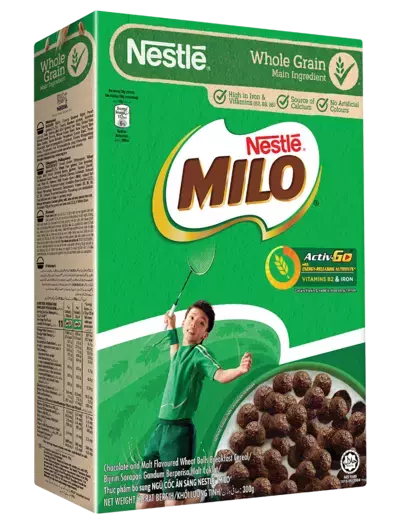
![[EE1572-NBC] TRIX 3D Simulation_330g_FR copy.png](/my/sites/g/files/qirczx916/files/styles/crop_thumbnail/public/2023-03/%5BEE1572-NBC%5D%20TRIX%203D%20Simulation_330g_FR%20copy.png.webp?itok=2Vzr08Il)
